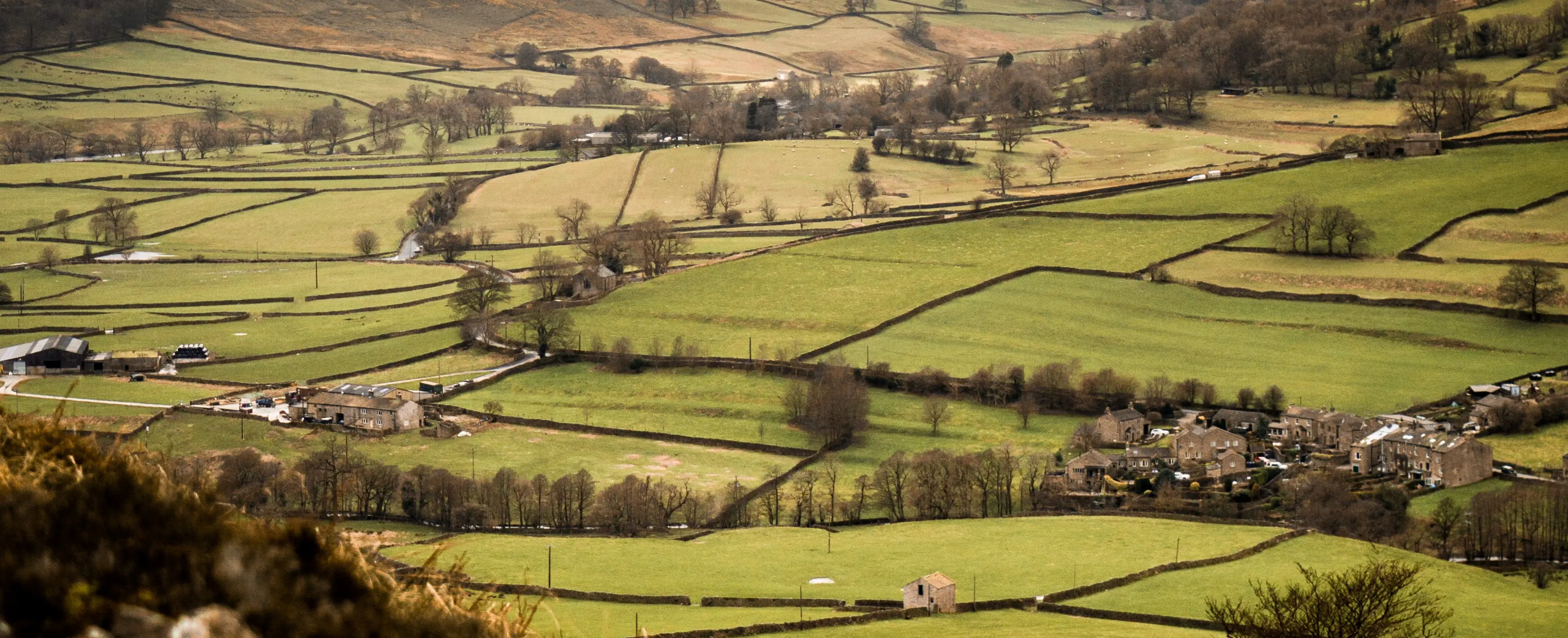I’m sure we all well remember over a year ago in March 2020 the sudden feeling of restlessness and unease which swept through the nation and workplaces as headline after headline delivered the irrepressible news that this virus was also sweeping through the nation, and it was about to upend life as we knew it for a longer period of time than any of us would have dared imagine.
In what felt like an overnight transition, businesses which were still allowed to operate had flexibility forced upon them, as employees found themselves working from home with new working practices put in place with a rate of urgency never before required.
It has been a challenging time for almost all, and were it not for the flexibility which businesses have demonstrated they can wield to endure and survive, it would have been significantly harder for a great many more people. And for the most part, here we are over a year later, many of use still in these ‘temporary’ working arrangements.
Though with the arrival of spring, the grass roots of normality seem to be coming through and the return of a previous reality appears on the horizon. Now represents the best time to ask ourselves, how do we want to balance our work and our lives? Now we have demonstrated that flexible working can work, and certain people can thrive within it, is it the correct decision to fastrack a return to the previous way of doing things?
Demand for rural property has been through the roof due to the pandemic, as people realised that rural properties are often larger, close to natural beauty hotspots and are typically cheaper than an urban equivalent. These rural locations are feasible if people no longer need to commute to a city-centre office.
[1]But whilst the residential flight to the countryside has been well documented, there has also been growth in the market for rural business space to support those living in rural areas and needing the benefits that a convenient office-space can provide. There is a little-used part of the planning system that facilitates the provision of these working spaces through Permitted Development rights; allowing for the conversion of Agricultural Buildings to business hubs, amongst other uses.
Permitted Development Class R permits the change of use of agricultural buildings to a flexible commercial use of a retail unit, restaurant or café, office, commercial storage/distribution use, hotel, or a range of leisure uses, such as a concert hall or gymnasium.
The permitted development route establishes that the principle of the development is acceptable, subject to meeting certain criteria;
- The buildings have been used for agriculture since July 2012;
- No more than 500sqm cumulative floorspace is proposed to be changed;
- The agricultural building proposed to be converted is not a Listed Building.
If the cumulative floorspace proposed to be changed does not exceed 150sqm, the following information must be provided to the LPA:
- the date the site will begin to be used for any of the flexible uses;
- the nature of the use or uses; and
- a plan indicating the site and which buildings have changed use.
If the cumulative development exceeds 150 sqm the following must be submitted to the LPA for Prior Approval:
- an assessment of the transport and highways impacts of the development;
- noise impacts of the development;
- contamination risks; and
- flooding risks on the site.
The LPA, through the Prior Approval process then has 56 days to respond to the application stating that prior approval is acceptable or refuse the application. If they do not respond within the 56 days, the application is granted consent. The application can only be refused on the grounds of unacceptable highways, flooding, noise or contamination impacts as a result of the proposal.
While the above process establishes the acceptability of the use of the agricultural building for commercial purposes, any material amendments to the fabric of the building in order to facilitate this change of use would require a separate planning application. Given the national policy support to create rural working spaces, these applications tend to be straightforward.
Lichfields has worked on numerous Class R applications nationally, most recently at Old Bewick in North Northumberland.
[2] The opportunity for these developments exists in all rural areas in England and Wales, and provides a simple mechanism which bypasses the bulk of the planning process to deliver the rural workspaces that are anticipated to be in high demand in the post pandemic economy.
The relatively simple route through the planning process provides an attractive, reduced risk opportunity for agricultural building owners to diversify and supplement their income streams on their estate; while creating an environment for the new mobile workforce who have recently left the city to work in their countryside environment.
The links between reconnecting with nature and the mental health benefits it provides are well established (Source -
[3]) and the creation of more rural workspaces would bring often disused buildings back into use while taking advantage of an anticipated demand for these environments. The formation of new ways of working, reaping the mental health benefits of reconnecting with nature through working in the countryside would represent a significant positive to take away from the difficult situation we have all endured.
If you would like to discuss any of the opportunities raised through agricultural permitted development, please feel free to get in touch with me at any time.



